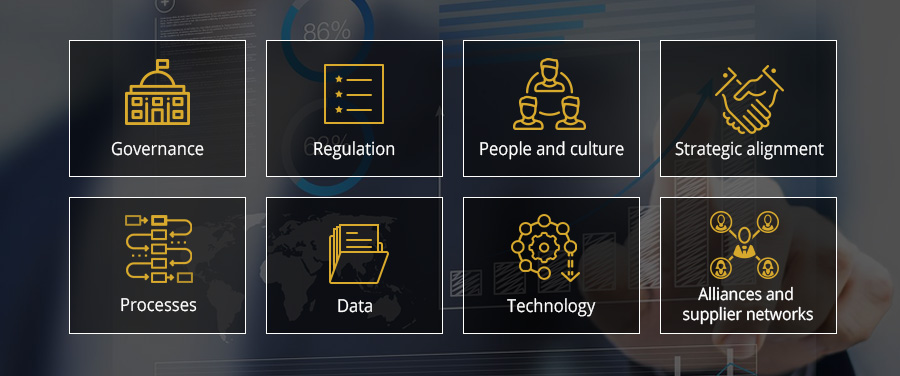Trust in the Age of Analytics

Recent conversations about how organizations provide services using technology, led me to stumble across a few questions.
How much trust can be placed on analytics? How often do people sitting at C-level or decision making positions really trust the technology behind these engines?
As for the first question, if millennials are reviewing them, the answer would automatically point towards data. Trust in analytics is proportional to the ‘trueness’ of data they’re being fed.
However, if we plainly look at the first question for organizations at-large, there are significant alternatives to ‘data’ opinion. As part of survey done by KPMG and their report titled Guardians of Trust, only 35% of respondents trusted their organization’s use of different types of analytics.
Such low numbers may arise due to difference of work responsibilities and their functional skills being applied to tackle different questions. However, one thing that emerges from it is the lack of awareness and friendlier platforms to push the clouds of doubt away from a successful digital transformation.
Multiplying problems in segmented issues
Lack of awareness is a pervasive issue which emanates from how we build and market ‘soft’ technologies. In the recent day and age, manuals are condensed to online platforms and educational videos are plentiful. Yet, upskilling remains a major challenge for many organizations because they haven’t as much as identified the associated major hurdles.
The proposition is handled with a cavalier attitude where technology one day, suddenly appears on employee screens and machines. They take a ‘deep-end’ approach as a crash course and management assume this would provide them the skill and functional learning.
The result being an aggregation of systemic and functional errors originating from poor data practices, thereby, halting the overall plan. The “million dollars” digital solution is questioned while C-level management arrives at the software damning conclusion, that analytics are just not good enough.
Human behavior jumps from conclusion to conclusion. We are programmed to infer ‘good’ and ‘bad’ even from the limited dataset that is made available to us. Through the above defined process, poor training practices that are more coercive than progressive become like quicksand. They bring down with them even the employees who are relatively new and rely on older “trained” workers for their digital training.
The second issue lies with the organizational pursuit of excellence. If technology and automation are the only definitions of excellence then the organization is missing a beat. Strategy and resilience go hand in hand with automation. Most organizations see automation as a magic bullet when instead it’s a strategy driven process.
Strategy which talks about the implementation and compatibility within organization’s setup, checks for developing competencies and ensuring skill development via support.
Resilience measures the closeness with which the old and new can match and talk. Legacy systems, data and workers’ skill joining hands with the new, dynamic automated platform hosted on-cloud.
Guide map to digital transformation
The ‘Guardians of trust’ report suggests a fixed approach which focuses on the foundations

There are no easy getaways and if organizations understand that their biggest assets (manpower and the new system) are to work together, the foundations need to be strong.
Customization is a key aid in allowing the new technology speak your organizational lingo. The digital platform adapts to the look and feel of your existing system by exercising superior analytics and data collation. The greatest enabler in this case is the flexibility of the much touted automation. You can configure, define and orchestrate the digital transformation down to its nuts and bolts. The caveat here being the amount of time spent on rounds of discussion that shape bespoke digital transformation.
Data breach and theft are the other side of the coin, the dark side. However, digital security applied uniformly via governance and defined privacy policy can go a long way. The integrity of data should be held in the same position as the credential of the organization. This would automatically generate ‘fairness’ and ‘regulations’ for data policies.


